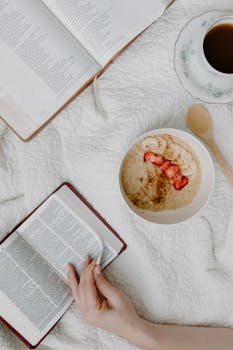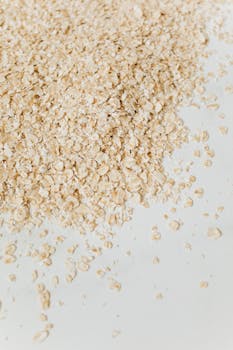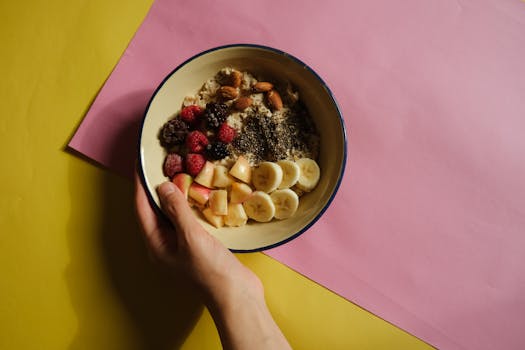Benefits
Heart Health
Nutritional Powerhouse
Blood Sugar Management
Dietary Versatility
Environmental Sustainability
Get creative with old-fashioned oats
Turning them into a savory granola by mixing with spices and baking until crispy, which can be sprinkled over soups or salads for added texture
Creating a hearty oatmeal bath soak, by grinding the oats into a fine powder and adding essential oils for a soothing and moisturizing skin treatment
Crafting homemade oat milk by blending soaked oats with water, then straining for a dairy-free milk alternative
Using them as a binder in veggie burger patties, combining with beans and spices to create a meatless meal option
Making oat-based energy balls by combining the oats with ingredients like peanut butter, honey, and chocolate chips for a quick and healthy snack
Something you can make with old-fashioned oats
Origin
Old-fashioned oats, also known as rolled oats, are derived from the common oat plant, scientifically known as Avena sativa. Oats have been cultivated for thousands of years and are believed to have originated in the Fertile Crescent region of the Near East, which includes present-day Iran and Iraq. They were first domesticated around 3,000 BCE and gradually spread to other parts of the world.\n\nOats have been an important staple crop in many civilizations throughout history, particularly in Europe and North America. They were widely cultivated in Scotland, where they became a dietary staple and were used to make traditional dishes like porridge and oatcakes. Scottish immigrants brought oats to North America, where they continued to be cultivated and consumed.\n\nToday, old-fashioned oats are produced by processing the oat grains. The oats are cleaned, toasted, and then flattened using large rollers, resulting in the characteristic flat, flake-like shape. These rolled oats are versatile and can be used in various dishes such as



